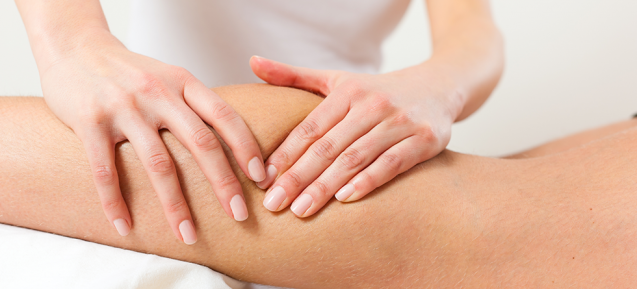Osteoarthritic Knee Pain
The New Year get active and stay ahead of Osteoarthritic knee pain!
Osteoarthritis, commonly known as the wear-and-tear arthritis , is a condition in which the natural cushioning between joints and cartilage wears away. When this happens, the bones of the joints rub together resulting in pain, swelling, stiffness, decreased ability to move and, and in some cases, can lead to bone spurs.
Osteoarthritis is the most common type of arthritis, and the knee is the most commonly affected area. Unfortunately almost everyone will eventually develop some degree of osteoarthritis.
CAN YOU DODGE THE OSTEO BULLET?
Age
. The ability of cartilage healing decreases as a person gets older.
Weight
.
For every extra pound you carry, your knees feel three to five pounds of pressure. You don’t have to be ideal weight, but every pound counts.
Heredity
. Genetic mutations can make a person more likely to develop osteoarthritis
Gender
. Women ages 55 and older are more likely than men to develop osteoarthritis
Repetitive stress injuries
. Some jobs that require activities such as kneeling, squatting or heavy lifting are more likely to increase osteoarthritis of the knee because of the constant pressure on the joint.
Athletics
. Athletes that play soccer, tennis, or long-distance runners may be at higher risk for developing osteoarthritis of the knee.
However
, regular moderate exercise programs can strengthen joints and actually decrease the risk of osteoarthritis.
SPOT THE SIGNS
- pain that increases when you’re active, but gets a little better with rest
- swelling
- feeling of warmth in the joint
- stiffness in the knee, especially in the morning or when you have been sitting for a while
- decrease in mobility of the knee, making it difficult to get in and out of chairs or cars, use the stairs, or even walking
- creaking, crackly sound that is heard when the knee moves
FIGHT THE PAIN
The primary goals of treating osteoarthritis of the knee are to relieve the pain and return mobility. Your health care provider or therapist can help you determine the type of treatment that works best for you. Treatment plans will typically include a combination of the following:
- Exercise . Strengthening and stretching the muscles around the knee makes the joint more stable, more flexible and decreases pain.
- Weight loss . Losing even a small amount of weight, if needed, can significantly decrease knee pain from osteoarthritis.
- Physical Therapy. If you are having trouble with daily activities, physical therapy can help. Physical therapists teach you ways to strengthen muscles and increase flexibility in your joints.
- Pain relievers and anti-inflammatory drugs. Over-the-counter choices can help with pain such as acetaminophen(Tylenol), ibuprofen (Advil, Motrin), or naproxen sodium (Aleve). Don’t take over-the-counter medications for more than 10 days without checking with your doctor.
- Injections into the knee. Steroids are powerful anti-inflammatory drugs that help with pain management. These injections replace the damaged synovial fluid in your knee with a natural substance that protects, cushions and lubricates the joints. These injections allow for better mobility and help to reduce pain.
- Braces. There are two types of braces: “unloader” braces, which take the weight away from the side of the knee affected by arthritis; and “support” braces, which provide support for the entire knee and allow you to keep moving.
- Surgery. When other treatments don’t work, surgery is a good option.
Sources:
http://www.webmd.com/osteoarthritis/guide/ostearthritis-of-the-knee-degenerative-arthritis-of-the-knee
http://www.arthritis.org/living-with-arthritis/pain-management/tips/25-treatments-for-hip-knee-oa.ph
p
http://www.mayoclinic.org/diseases-conditions/osteoarthritis/basics/definition

